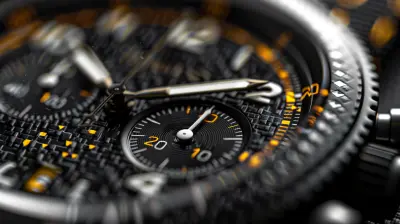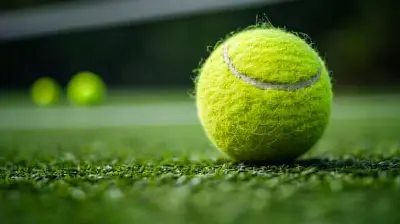The Art of the Perfect Curveball: A Pitchers Guide
7 July 2025
Alright, hotshot. So, you wanna throw a curveball that drops jaws and knees? You’re in the right spot. The curveball isn’t just another pitch—it’s a beautiful, deceiving, knee-buckling work of art. And mastering it? Oh, that’s what separates the throwers from the true pitchers.
Whether you're a high-school ace trying to impress scouts, or just a Sunday league legend who wants to make batters look silly, understanding the mechanics and mentality behind a perfect curveball is your golden ticket. Buckle up—it's time to dive into one of baseball’s most iconic, mystifying pitches.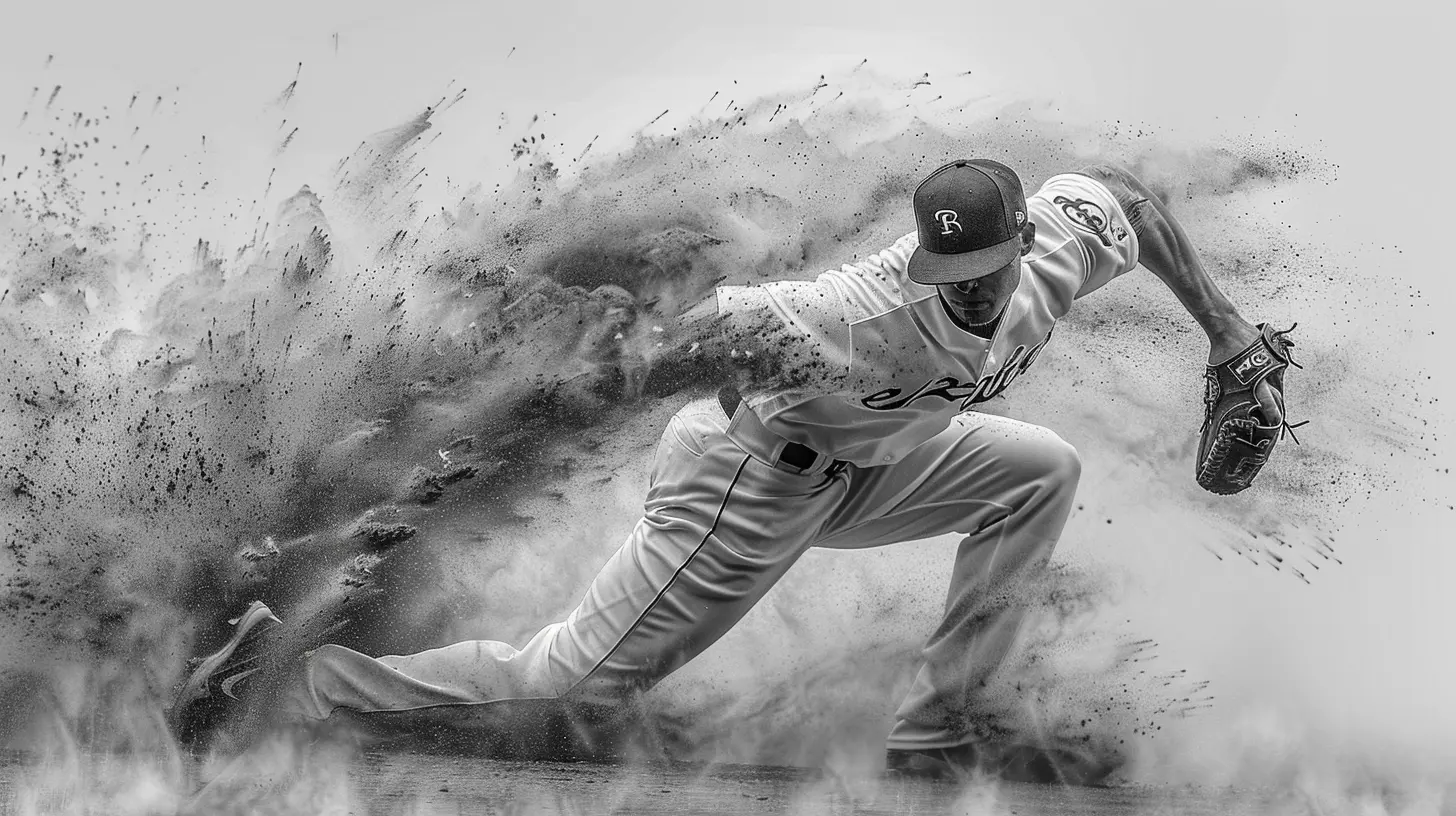
✨ What Makes the Curveball So Damn Special?
Let’s start with the basics—why all the hype? Because the curveball messes with human biology. Yep, we’re talking science and sorcery here.🧠 It Breaks the Brain
Hitters are trained to track pitches with their eyes and predict trajectories. The curveball comes in looking like a fat meatball and then—BAM—it dips out of the sky like it’s been ghosted by gravity. It fools the eyes, scrambles the judgment, and makes even the best hitters question life choices.🎯 It’s the Great Equalizer
You don’t have to throw 100 mph to dominate. A filthy curveball can disrupt timing, change eye levels, and keep hitters guessing. It’s the poker face of pitches—calculated, dangerous, and hella hard to read.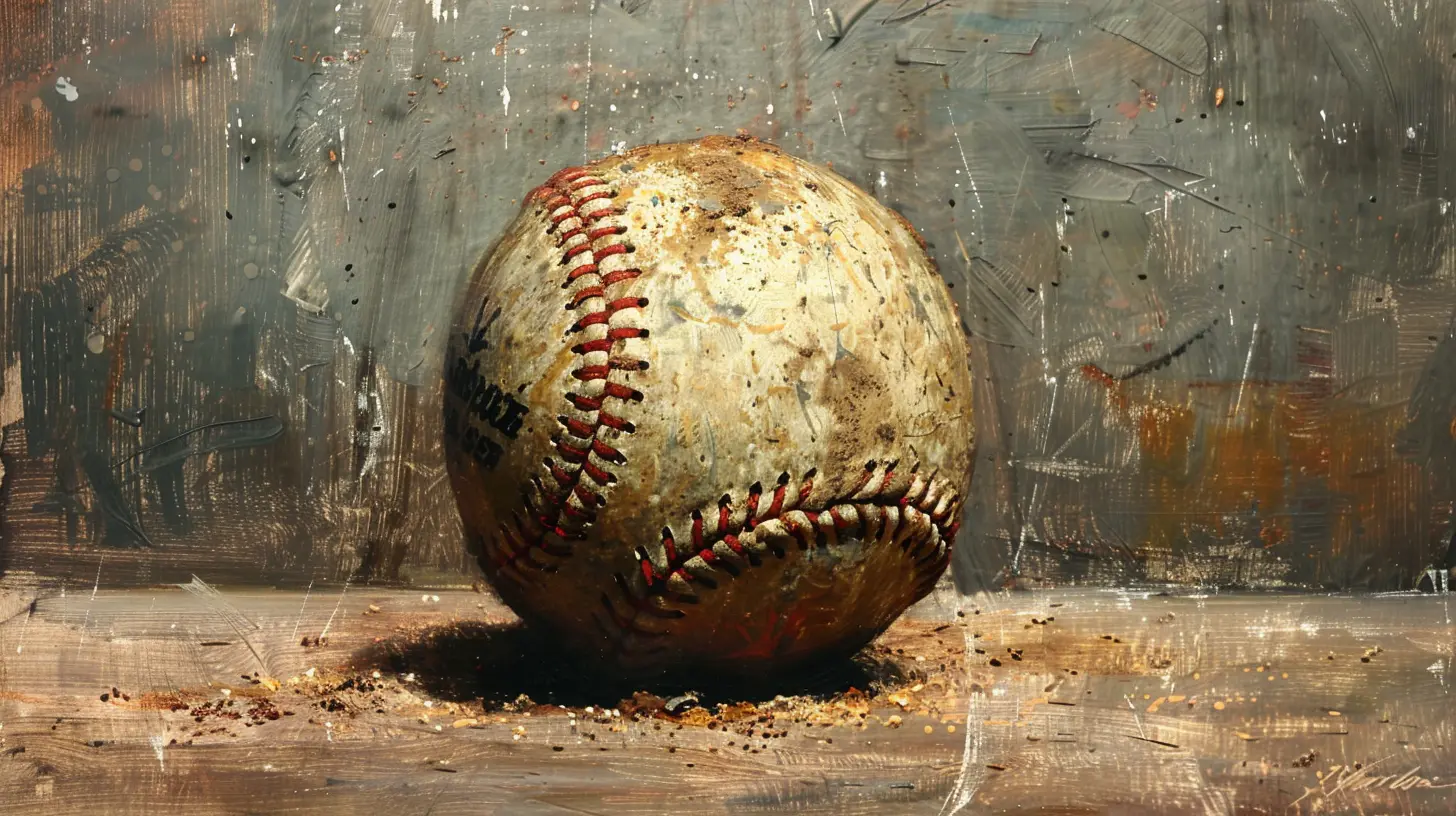
🛠️ The Mechanics of the Magic
Let’s peel back the curtain and see how this bad boy really works.🧤 Grip It Like You Mean It
The classic curveball grip? Think of it like holding a breaking promise.- Start with a two-seam grip (index and middle fingers across the seams).
- Place your thumb underneath on the smooth leather for balance.
- Your middle finger does most of the work—the drama queen of your hand.
Squeeze it just tight enough to ride the seams, but not so hard that it can’t roll off the fingertips. It’s a delicate dance between control and looseness.
🎢 The Wrist Snap (aka “The Whip of Doom”)
Throwing a curveball isn’t about yanking your arm down like you’re trying to win a carnival game. It’s about finesse and spin, baby.- Start with a fastball delivery (you want to hide your intentions).
- At release, snap your wrist downward and slightly to the side.
- Let your middle finger peel the ball off the seam like you’re flicking a bug off your shirt.
That wrist snap gives the ball its iconic spin—forward rotation that turns gravity into your sneaky co-pilot.
🌀 Spin = Movement
Here’s the deal: The tighter and faster the spin, the nastier the break. Think of it like a ballerina doing a pirouette—slow and clumsy? No thanks. Fast and tight? That’s showtime.The Magnus effect (yes, more science) causes the ball to curve based on spin and air resistance. It’s physics… but sexy.
🧪 Curveball Varieties (Yes, There’s More Than One)
Not all curveballs are created equal. From the “12-6” to the “sweeper,” each variation brings its own spice. Let’s break ‘em down:⏰ The 12-6 Curve
This is the OG—north-to-south, baby. Picture a clock: the ball drops from 12 to 6 with no side movement. It’s the kind of pitch that makes hitters buckle like folding chairs.Great for over-the-top deliveries and pitchers who can get vertical break out of their arm slot.
🌪️ The Sweeping Curve
More east-west movement, like a sideways tornado. This baby spins from 2 to 8 (or 10 to 4, depending on handedness). Its lateral movement makes batters chase outside and flail like they’re fighting a swarm of bees.Perfect for sidearm or three-quarter deliveries.
🔥 Power Curve
Harder, sharper, and faster. Think of it like a fastball’s evil twin. Less loopy, more bite.It sits somewhere between a slider and a classic curve—ideal for confusing the heck outta batters.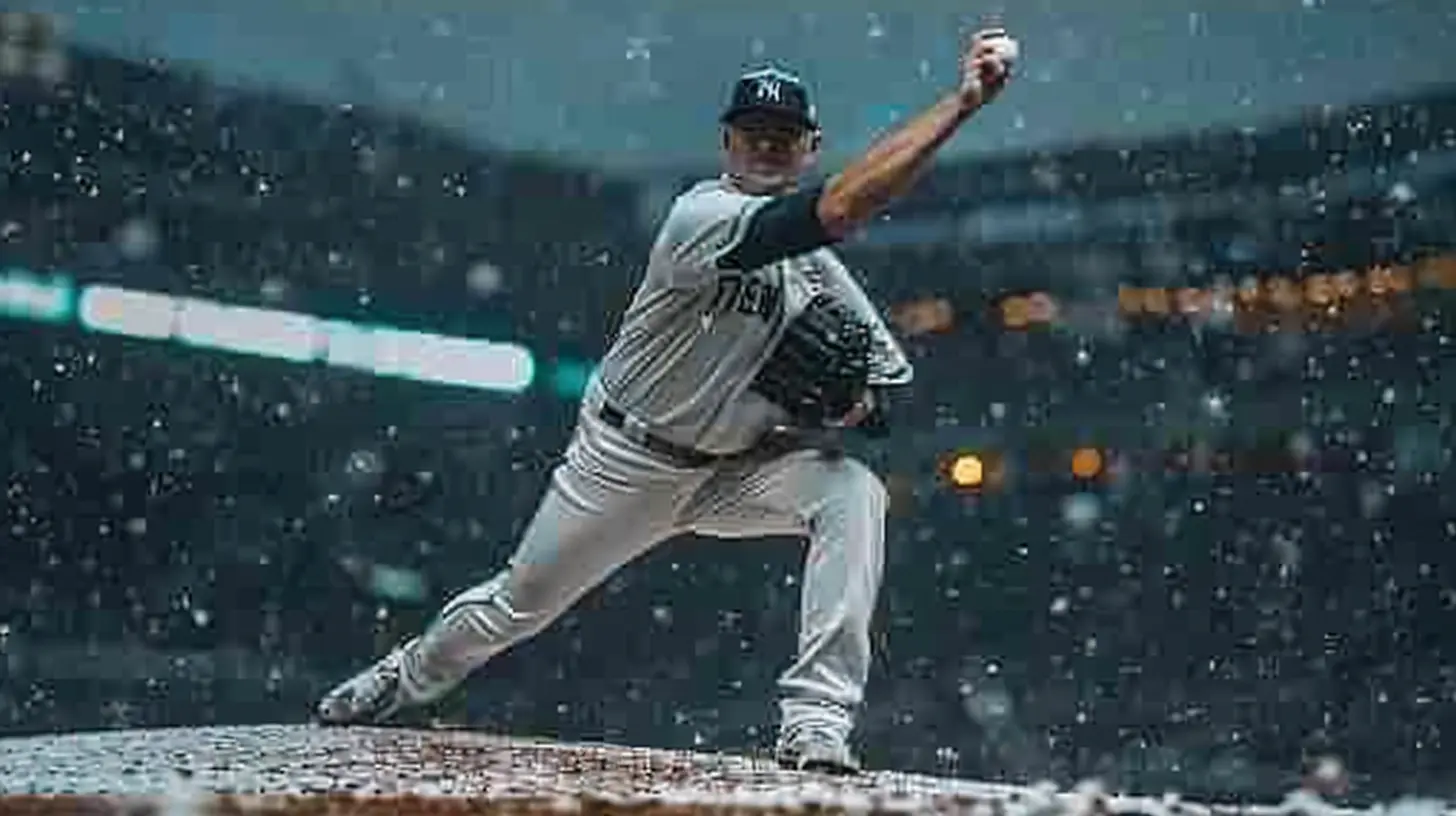
🧰 Developing Your Curve: Drills and Tips
Want a filthy hook? It’s gonna take more than wishful thinking and YouTube highlights. Here’s how to sharpen your curveball and make it dance:💡 Drill #1: Wrist Flicks
Grab a tennis ball and work on your snap. Stand 5–10 feet away from a wall and practice flicking it so it spins forward sharply. This builds finger strength and muscle memory.💡 Drill #2: One-Knee Throws
Sit on one knee and throw your curveball. This isolates your arm movement and forces you to focus on spin and release rather than full-body mechanics.💡 Drill #3: Catcher Feedback
Get you a catcher who doesn’t sugar-coat stuff. Ask them to watch your spin, movement, and release point. If they say “that thing’s flat,” believe them—and fix it.💡 Bonus Tip: Slow It Down
Don’t rush. A curveball isn’t about speed—it’s finesse. Film yourself. Watch it in slo-mo. Study your grip, your wrist, your angle. Curveball mastery is a game of micro-adjustments.🤯 Mental Game: Setting It Up
You’ve got the mechanics—but can you sell it?A curveball is most effective when it's unexpected. If you throw it on every 2-0 count, guess what? That slugger is hunting it. Mix things up.
🧩 Mix and Match
- Use your fastball to establish timing.- Drop in a curve to disrupt it.
- Add a changeup or two to create chaos.
The more you mess with a hitter’s mental rhythm, the more they chase shadows.
🎭 Same Arm Slot, Every Time
Don’t tip pitches. That means curveballs and fastballs should look exactly the same until release. Think of it like poker—you don’t want to show your hand.🩹 Injury Prevention (Because That Elbow Ain’t Growing Back)
Curveballs are sexy, but they’re also risky—especially for young arms.⚠️ The Truth for Young Pitchers
If you're under 14, you shouldn't be messing with the curve just yet. Focus on fastballs and changeups until your growth plates are fully developed. No pitch is worth wrecking your elbow over.🔥 Warm Up Like You Mean It
Never throw a curve cold. Get that arm hot, stretch those forearms, and do some light throwing before you start spinning.🥶 Ice Post-Game
Be smart. You’re throwing with torque and snap—that means inflammation. Ice that elbow after games and give yourself recovery time.📈 Watching the Pros Do It
Wanna see poetry in motion?- Clayton Kershaw: His 12-6 is so iconic it should be framed in a museum.
- Adam Wainwright: Grandpa Waino still dropping hammers like it’s 2006.
- Zack Greinke: The dude throws a 68-mph curve like he’s tossing a frisbee—and still gets whiffs.
Watch how they set it up. Study their grips. Mimic their arm slot. Steal like an artist.
🧠 Curveball IQ: Knowing When to Unleash It
Not every situation screams “DROP THE HOOK!” Pitch selection is chess, not checkers.🎯 Best Times to Throw It
- 0-2 Count: Time to get that K.- Ahead in the Count: Keep hitters guessing.
- First Pitch Surprise: Catch ‘em snoozin’.
🤔 Situations to Avoid
- 3-0 or 3-1: Unless you're nasty-nasty, don’t risk walking the guy.- Against Curveball Killers: Some batters are just curveball whisperers—know your opponent.
🎓 The Final Word for Aspiring Artists of the Curve
Mastering the curveball isn't just about throwing a pitch—it's about creating deception, commanding movement, and owning mental warfare. When that perfect curve snaps off your fingers and drops into the zone as the batter’s knees buckle? That’s pure magic.So go ahead—practice it, own it, and make the curveball your signature weapon. Paint your masterpiece on the mound. Because let’s be honest—ain’t nothing prettier than a perfectly placed hook dropping out of the sky like a mic drop.
all images in this post were generated using AI tools
Category:
BaseballAuthor:

Umberto Flores
Discussion
rate this article
1 comments
Miles McClintock
Great article! Your insights on mastering the curveball will inspire many pitchers to elevate their game. It's all about practice and technique, and your tips are a fantastic resource. Keep up the excellent work!
August 1, 2025 at 2:38 AM

Umberto Flores
Thank you so much for your kind words! I'm glad you found the tips helpful. Practice and technique are indeed key. Keep throwing that curveball!
